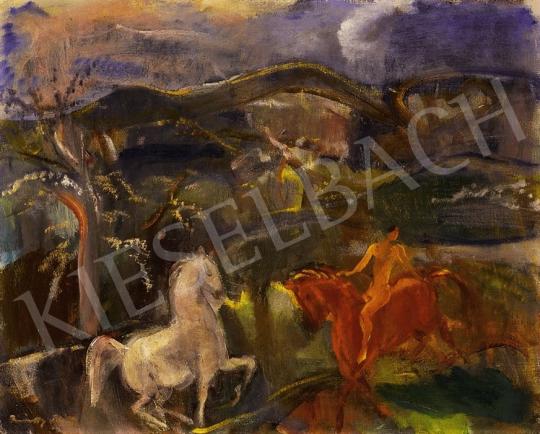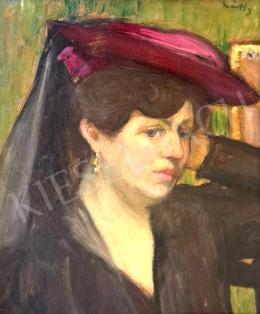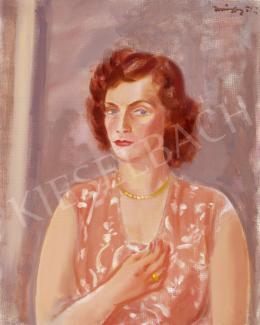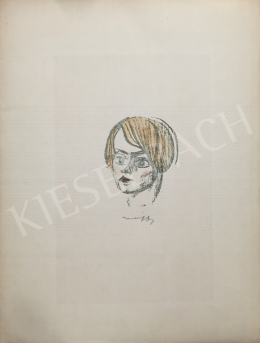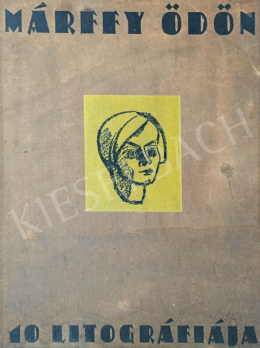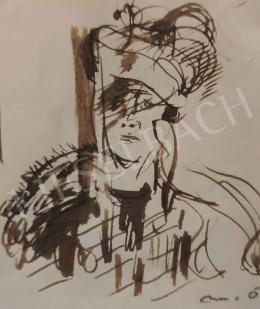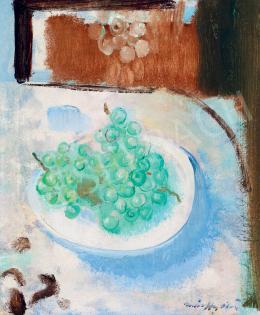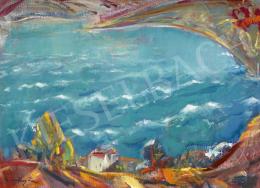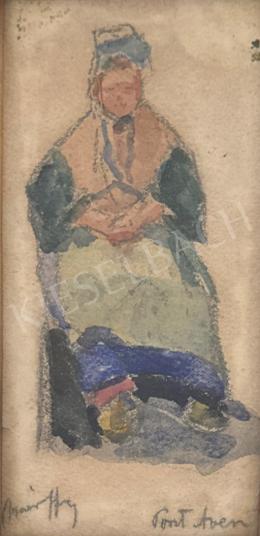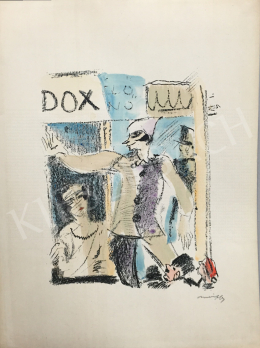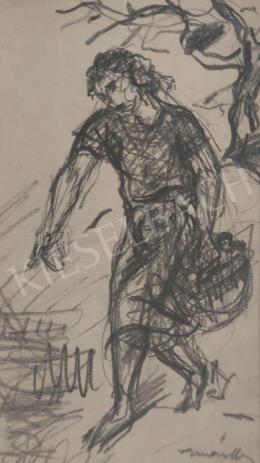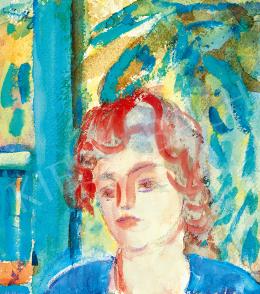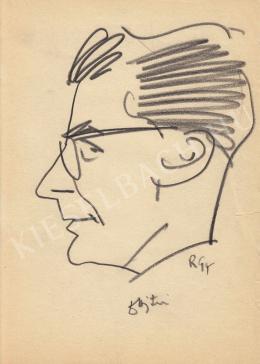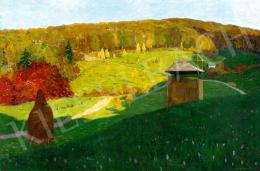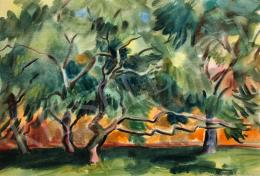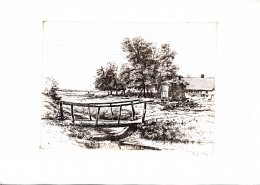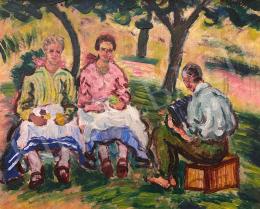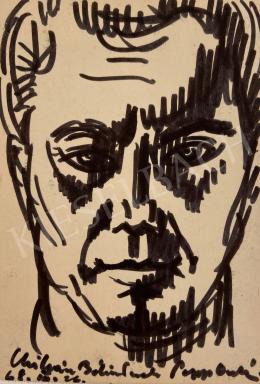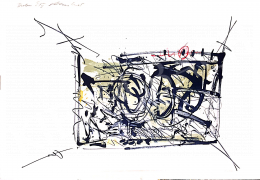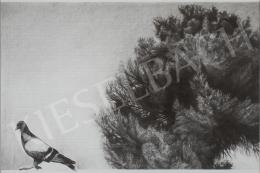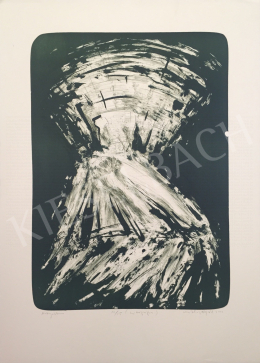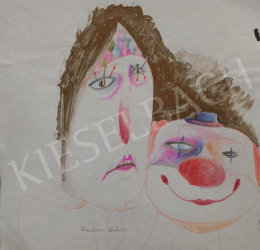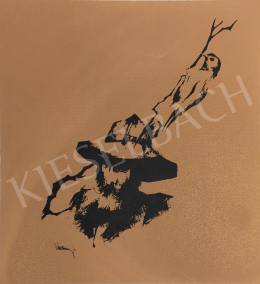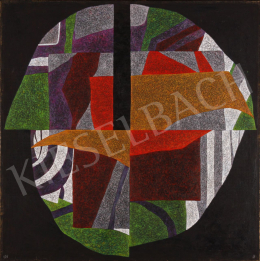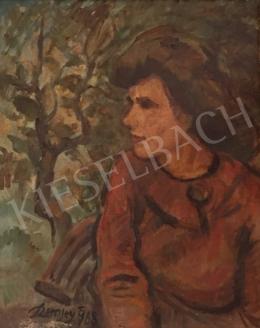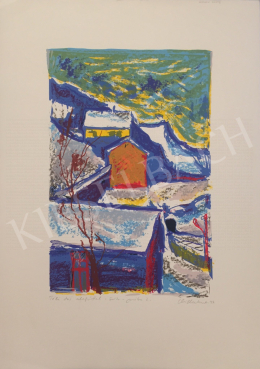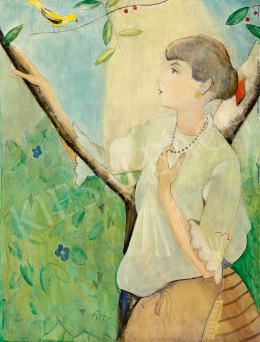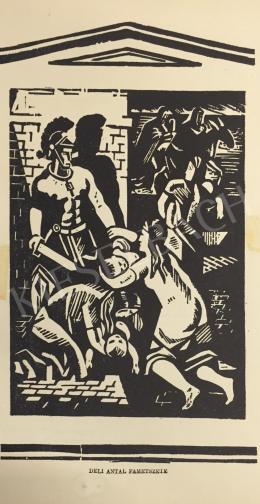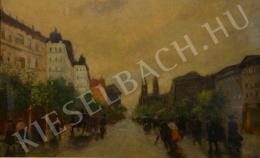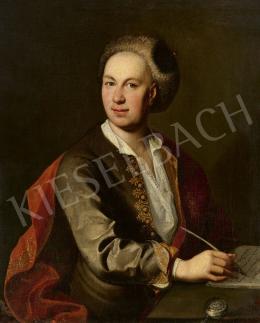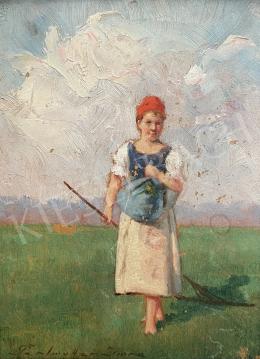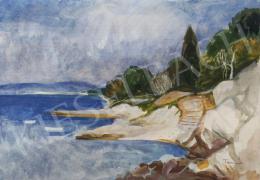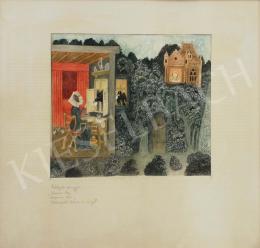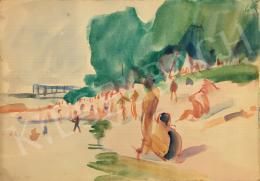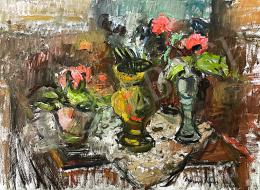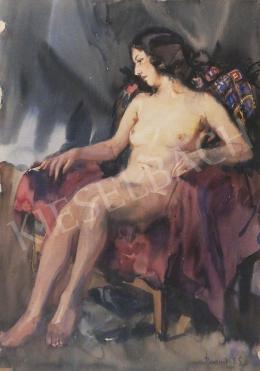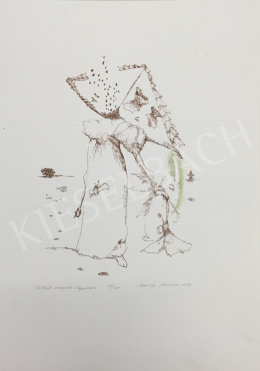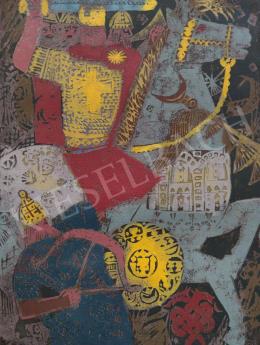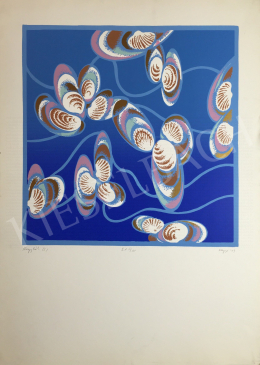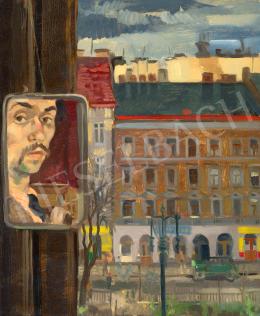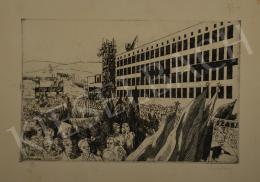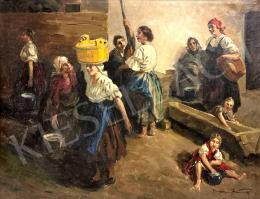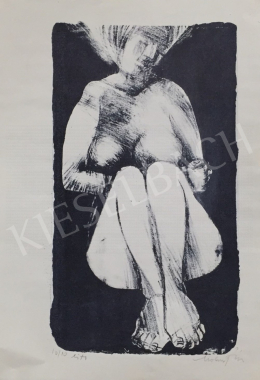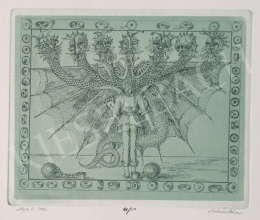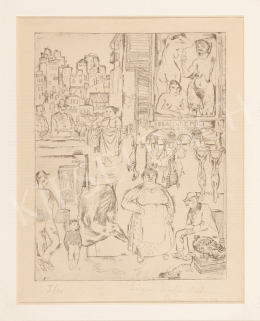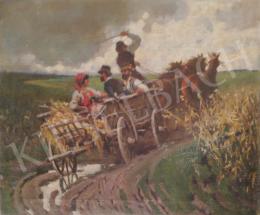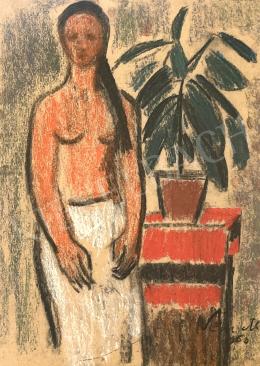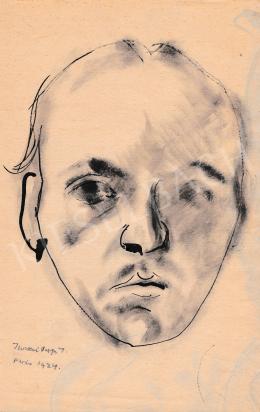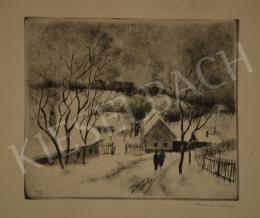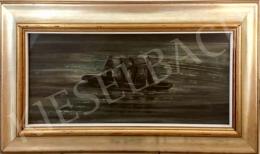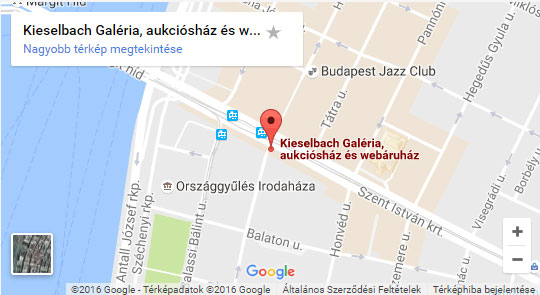Márffy's art was influenced by two main factors: Rippl-Rónai's pictures and the art of the French Fauves. At the turn of the century the generation of the young, Hungarian artists was attracted by the French capital that was the center of the European art at that time. Márffy, after a short time spent in Munich, went to Paris as well. He studied at the École de Beaux-Arts and in 1906 he exhibited his pictures at the Salon d'Automne. The artists coming from all over the world, the exhibitions showing different new and exciting endeavors, the world of cafes and the social life sponsored by several American patrons of art guaranteed Márffy an inspiring environment. He enthused about the art of Cezanne, Matisse and the Fauves, though his vivid world of colors became more peaceful later; his paintings are characterized by light, lively shaping and a picturesqueness telling about joy of life.
Márffy and his colleagues established the artist group Nyolcak (The Eight) in 1911. Their aim was to renew the Hungarian art by using the impulses gained in France. Though the group was quite ephemeral, its effect on Hungarian painting was enormous. After the breaking up of the group Márffy experienced with the style of the École de Paris. The constructive aspect rooting in Cezanne's art, the free shaping and light decorativity were all very suitable for Márffy's artistic character, for his elegant, color-centered style of painting. This artistic approach is presented in the picture under discussion. In the fluctuating colors melting into each other, in the energetic, spontaneous brushstrokes free from any inhibitions a scintillating artistic temper is revealed.
Márffy's works made in the 1930s are centered around some main themes. Besides still lifes and portraits, his favored motives were water, sailing boats and horses. This latter was the one which he worked on with the greatest enthusiasm; the strength of animals and that of men bridling them enchanted the painter. This series represents the harmony of man and nature, a pantheistic view is reflected from the pictures. Horses and their riders have had symbolic meaning in the history of art for thousands of years. Several artists worked up the theme from the ancient Greeks through Picasso to Marino Marini. The eternal desire of representing life, strength and vitality is expressed in the works. In the prehistoric age artists tried to represent these qualities by painting strong animals: huge bulls, fast antelopes. It was the ancient Greek sculpture which first experienced with the figures of the horse and its rider. The friezes of the Pantheon in Athens or Leonardo's sculptures can be mentioned among the several famous examples.
On the other hand, another, much younger tradition could also serve as an explanation for Márffy's choosing the theme. The birth of the painting of the 20th century could not be discussed without that of a new way of representing nudes. Matisse's or Picasso's early nudes were rebellions against the doctrine according to which a painter should not be more than a sensitive camera. The nude put into nature became a most inspiriting theme exactly because of its abstract, astonishing quality in the 1910s. Its Hungarian carrier is brilliantly justified by the exhibition Arcadia closed some months ago in the National Gallery in Budapest. The neoclassical nude compositions, Szőnyi, Aba-Novák, Márffy and the other's pictures represented the common desire of finding and an ideal place for and ideal life.
The figures meeting in an abstract landscape that is vibrant from iridescent colors, the prancing horse with pink shadows and its reddish fellow that is carrying a nude rider express a harmonic, idyllic view of nature. It is a visual sublimation of a world seen in unity; only József Egry's immaterial compositions can be compared to this masterpiece.
Molnos, Péter






